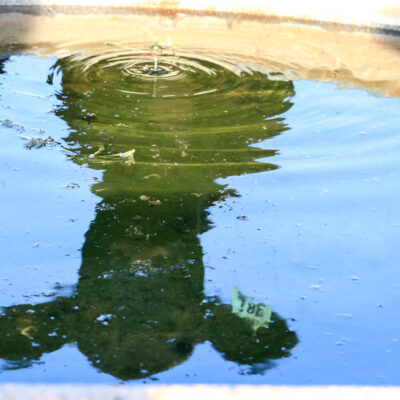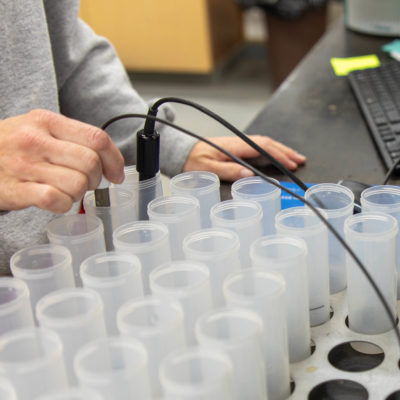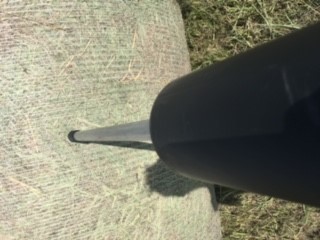This year’s Swine Day at Kansas State University, like previous years, was a tidal wave of information. So, here are some of the highlights I found to be most interesting. Dr. Joel DeRouchey gave two interesting research summaries one on the effects of Bacillius probiotics fed to sows and the second on iron injection supplementation to newborn piglets. Then, in the speedy delivery of the research, I lost track of who was presenting, regardless the evaluation of vitamin levels for finishing pigs was particularly relevant given the high cost of vitamins and the 2017 production shortage. The last topic that I found particularly interesting was refered to as the ‘Heavy Weight Pig Project’ and had some interesting findings about pork consumer preferences.
First, sows supplemented with Bacillus species probiotics had improved lactation performance and increased feed intake, however there was no change in the number of piglets weaned. Additionally, there was no change in performance growth or feed efficiency in subsequent nursery pigs from supplemented sows. It was found that the fecal material from both the sows and their offspring had higher concentrations of Bacillus species. In conclusion, the potential benefits of feeding Bacillus probiotic were not seen in the performance of the animals in this study and more research is needed.
Second, it is standard practice in the swine industry to inject piglets with iron, due to their indoor environment, they tend to be anemic without the supplement. In this study, researchers determined the best quantity and the best time to give the iron injection based on growth performance and anemic status by blood measurement. Benefits of increased weaning weight, ending nursery weight and maximized feed efficiency were seen at an injection quantity of 150 mg. Those piglets injected with 150 mg were never in an anemic state. As for timing, it was found to be most important that the piglets received a shot, but the most benefit would be to administer iron injections between 4 and 6 days of age.
The third research summary I found particularly relevent was the reevaluation of vitamin levels for finishing pigs. Last year, there was a fire in a vitamin supply plant located in Germany. This resulted in a shortage of vitamins A and E, which spiked the price of adding these vitamins to premixes. Therefore, this reevaluation of vitamin levels in finishing pigs was of economical importance for producers. The researchers found that vitamin inclusion levels exceeded the animal’s requirement. Lowering inclusion levels to meet requirements showed no change in finishing performance, but lowered the cost of the mixed feed.
Finally, the ‘Heavy Weight Pig Project’ showed consumer feed back, that doesn’t match up to the lean meat product the swine industry is currently producing. Consumers found the pork chops from ‘fat’ pigs finished out to higher weights (300-420 lbs) to be more visually pleasing, due to darker meat and more marbling, and more juicy and tender for a better consumer experience. This is something a small producer could pick up on and begin to fill this consumer demand.
Overall, Swine Day 2018 was a day filled with a overwelming amount of information. Fortunately, it has all been published in the 2018 Swine Day Research Report. Once again, this is a worthwhile event, and I would urge pork producers to take advantage of the information provided both at the event and in the research report. Ward Laboratories, INC. receives many feed samples from the researchers and graduate students doing this work, so it is always fun to support this program and learn what they have been doing with all those pig diets.
0
You have 0 items in your cart




